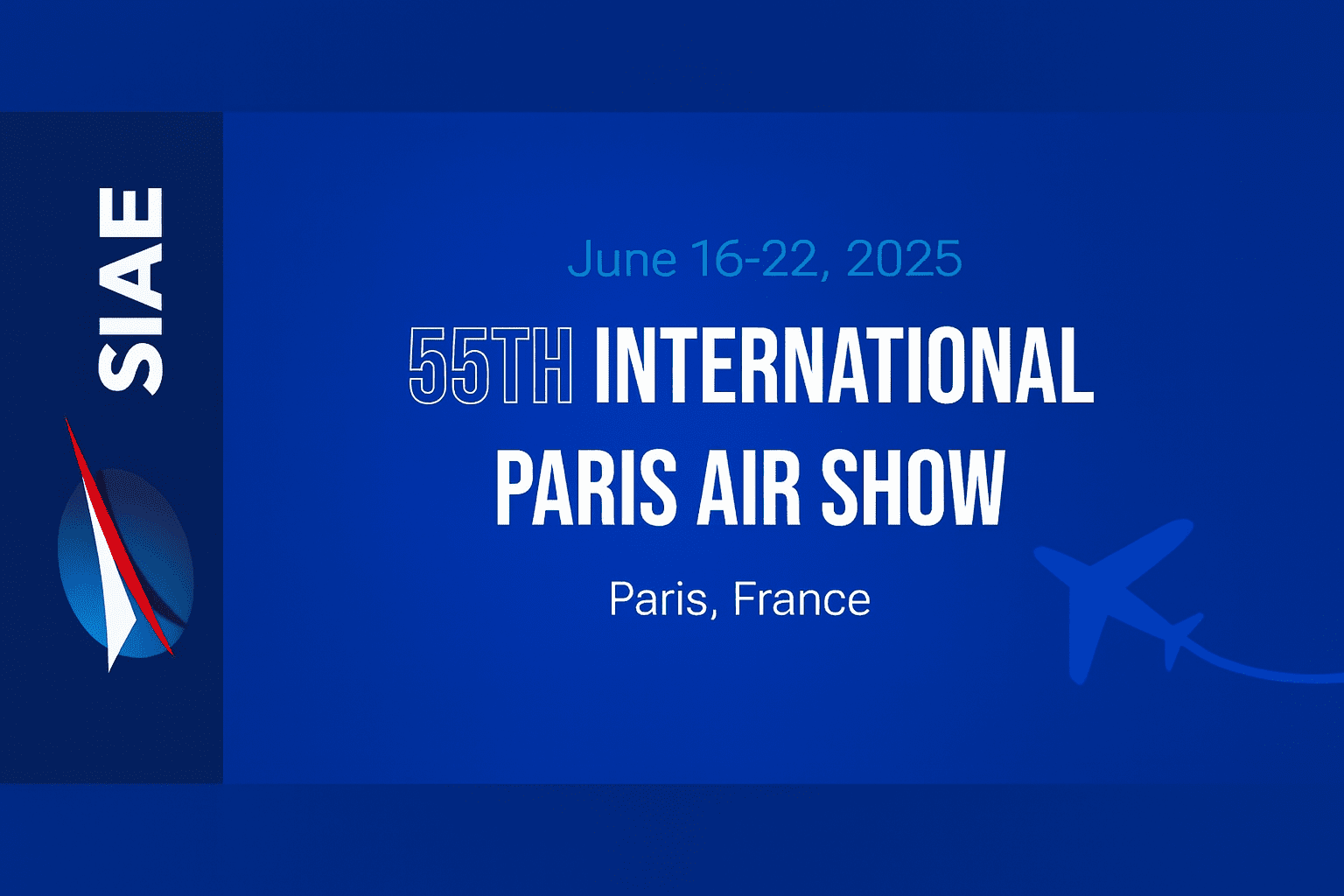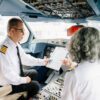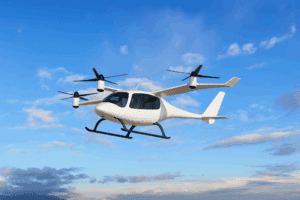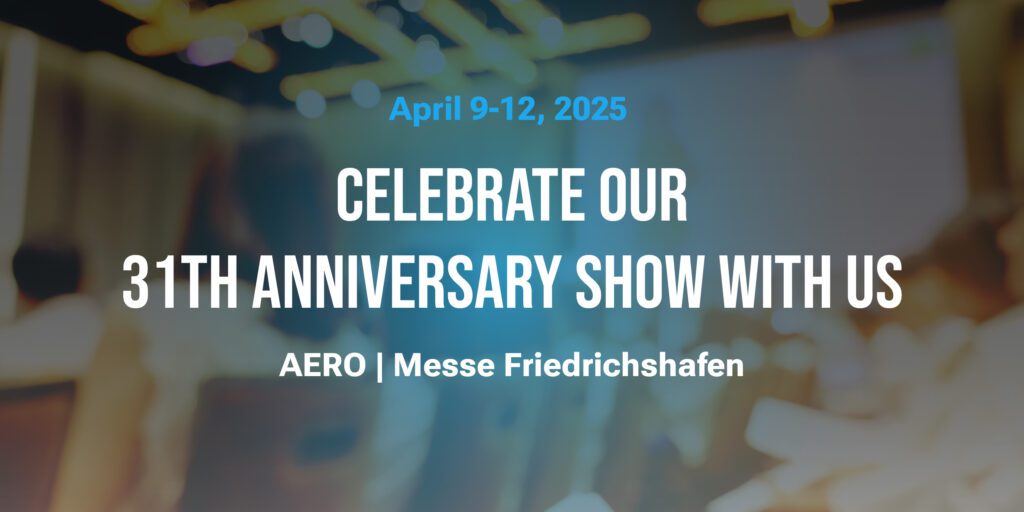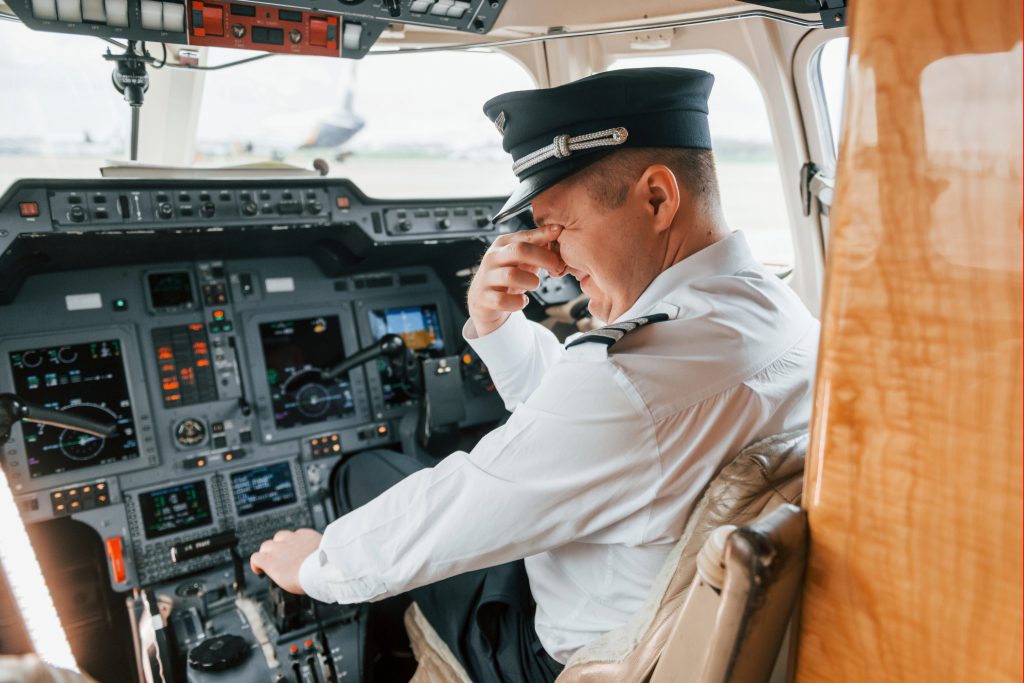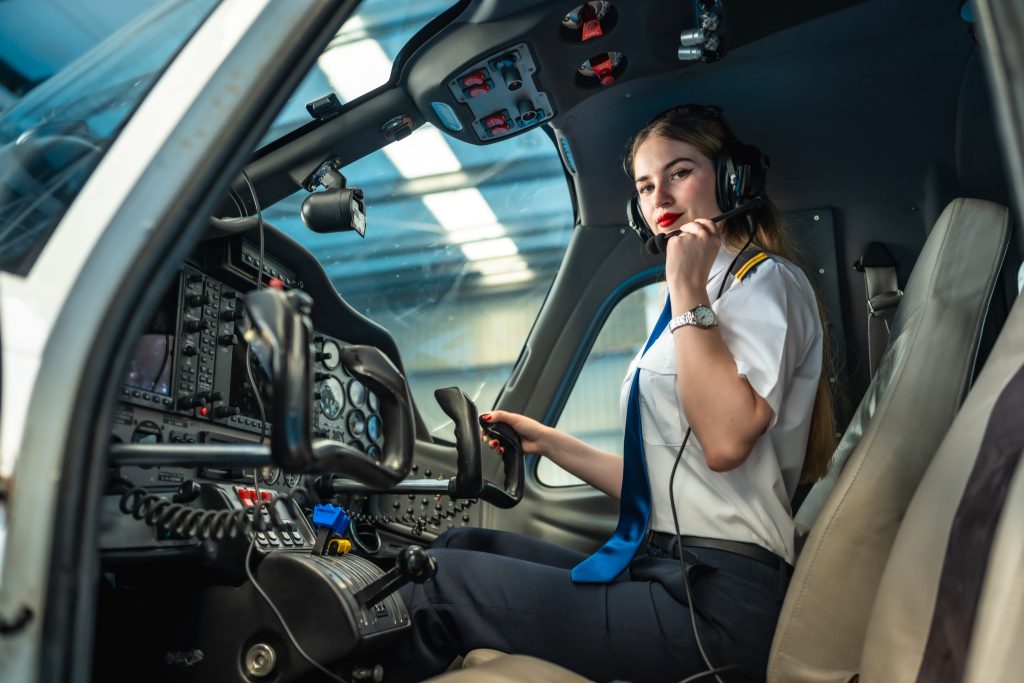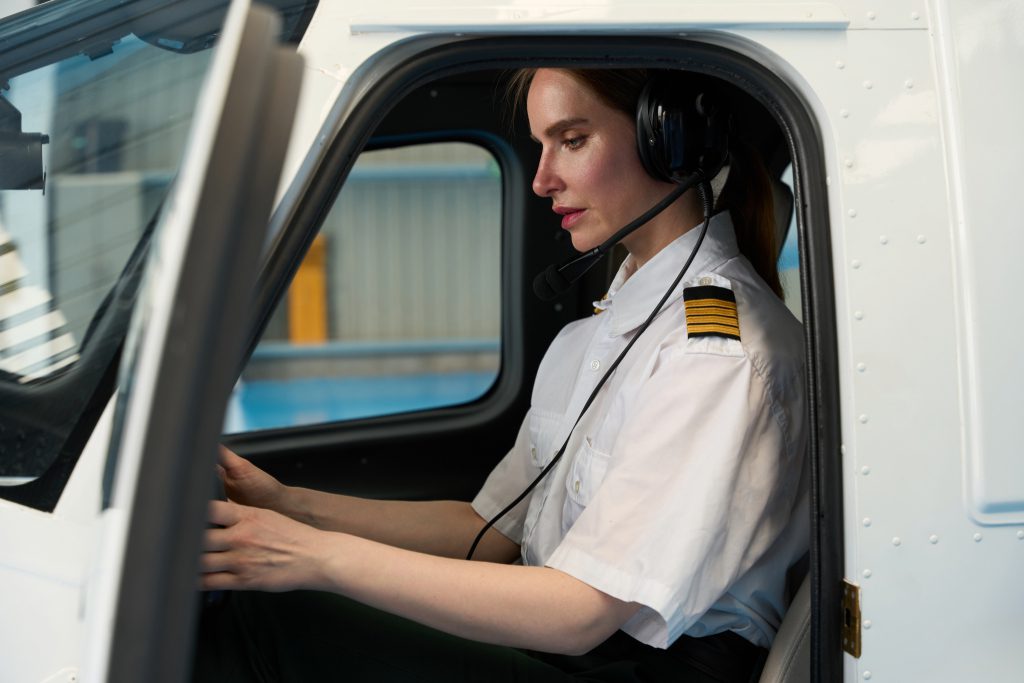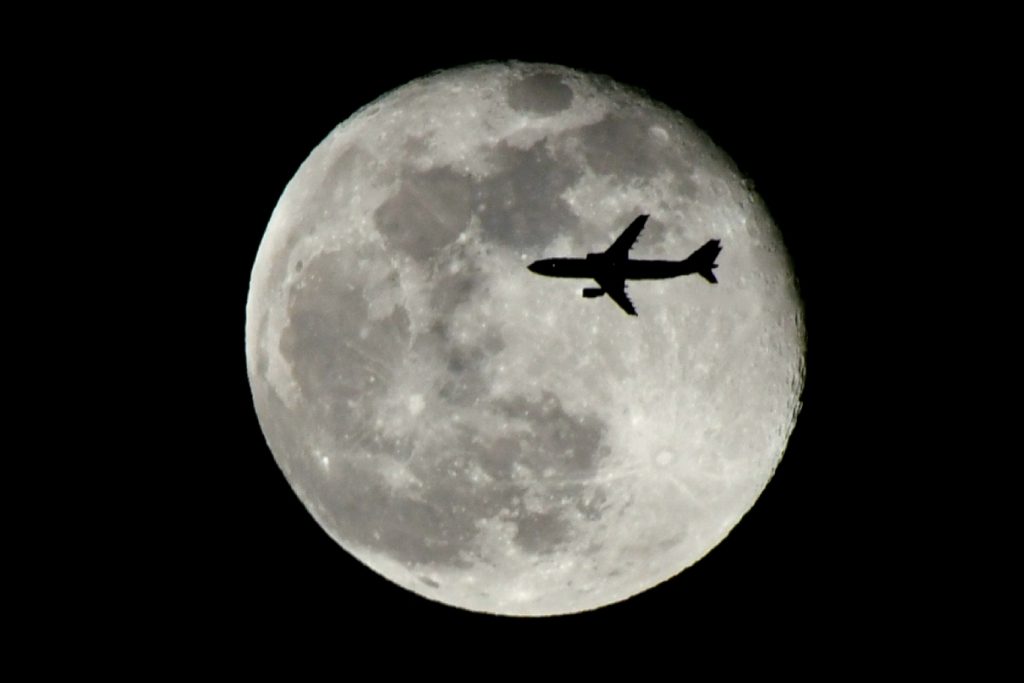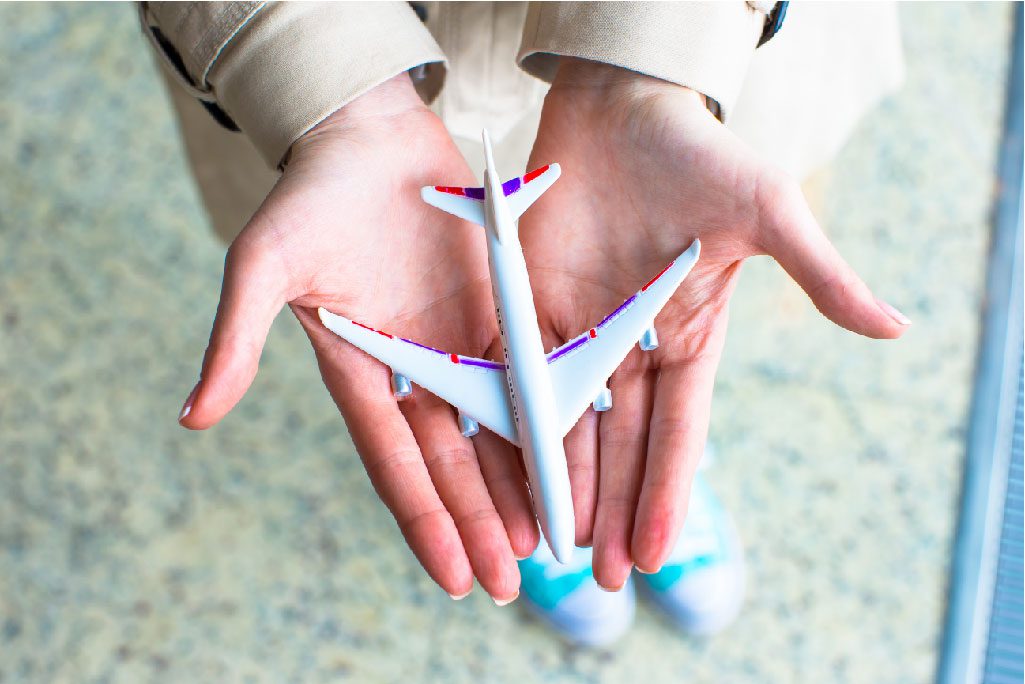The 2025 Paris Air Show at Le Bourget opened with a cautious sense of optimism, as the global aerospace community edges away from pandemic fallout and toward sustainable, stable expansion. Officials acknowledged the heartbreaking loss of Air India Flight 171 while pledging renewed solidarity on safety, then turned their attention to supply-chain bottlenecks, cleaner fuels, and the readiness of next-generation jets.
Record Orders and Steady Demand
Airbus dominated the order headline with 268 firm commitments, led by a splashy 500 A320neo deal from India’s Indigo Airlines, news that also underscored lingering production bottlenecks. Embraer placed second with 79 confirmed sales, anchored by SkyWest’s sweep of 60 E175s. Boeing remained quieter on the show lot, focusing internally on certification and program stabilization, yet its 303 net orders booked in May signaled healthy demand.
Both airframers expect that strong appetite for new lift will hold for decades; Boeing sees the need for more than 43,600 extra jets and Airbus countered with its own call for 42,420, numbers steered by booming travel in emerging markets and ongoing fleet overhauls.

Supply Chain: Persistent Pressures, Emerging Solutions
Supply chain troubles were front and centre as industry leaders flagged ongoing labour gaps, ageing supplier networks and geopolitical wrangles that still push delivery dates back. The good news, though, is that the mood has shifted from pure firefighting to longer-range planning, with digital tools and automation now seen as the main engines of resilience.
Tools such as digital twins, lidar factory maps and AI forecasting are giving manufacturers real-time visibility, so they can spot bottlenecks early and fine-tune logistics on the fly. Chad Stecker of Incora captured the new spirit when he said, “there’s a different life and presence” in talks, moving from crisis obsession to forward-looking teamwork between OEMs and their suppliers.
Still, John Schmidt at Accenture warned that the supply chain “will remain the Achilles heel for a while,” pointing to swelling backlogs and production ceilings imposed by regulations, ports and freight bottlenecks that refuse to clear.
Sustainable Aviation Takes Center Stage
Sustainable aviation also took centre stage, with hydrogen fuel-cell power suddenly feeling much less theoretical. Airbus and MTU Aero Engines rolled out a joint roadmap that aims for commercial test flights by 2035, a bold step that echoes the wider industry push to cut emissions even though aviation still accounts for only 2 percent of global CO2.
The Paris Air Lab shone a spotlight on fresh ideas in AI, cybersecurity, and clean-energy power plants, while hybrid, electric, and hydrogen aircraft teased a greener future that could slowly reshape fleets.
Defense and Space: A Growing Footprint
65 nations now spend heftier budgets on security, and the show reflected that trend by allotting a record 45 percent of exhibit room to defense. United Aircraft presented its T1400 tandem-rotor UAV, and forums at the Paris Space Hub unpacked Galileo satellite upgrades and Europe’s drive for orbital independence, showing how civil, military, and space aims are starting to overlap.
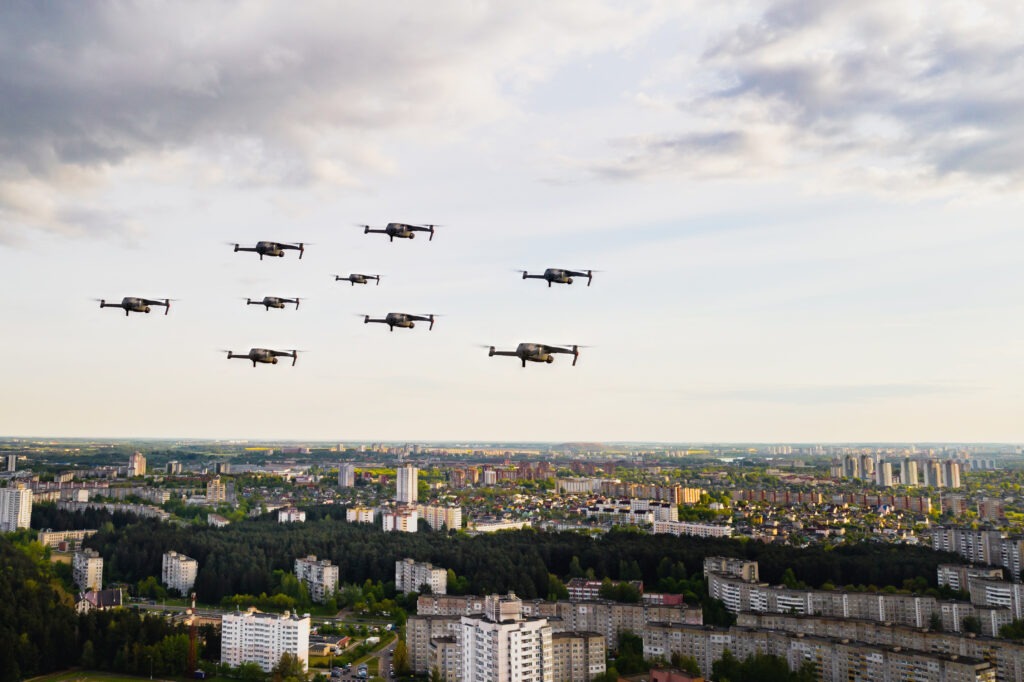
eVTOL and Advanced Air Mobility Progress
Advanced air-mobility firms reported tangible steps forward. Joby and Archer passed key FAA milestones, and Archer set a 2026 target for Abu Dhabi service and 2028 for Los Angeles. Panels focused on vertiport bays, upgraded traffic-protocol tech, and public trust, signaling that eVTOL plans are leaving the drawing board and edging toward everyday use.
Next-Generation Aircraft: Engine Makers Take the Lead
Talk about the next wave of narrow-body jets has mostly revolved around what happens inside the engine. CFM is championing its open-fan design, promising more than ten percent less fuel burn, while Pratt & Whitney prefers steady, small gains via its proven geared turbofan line.
How quickly either option matures will shape Airbus and Boeings launch calendars, and UBS now thinks Boeing could debut its clean-sheet plane in the early 2030s, with Airbus waiting until the second half of the decade.
Conclusion
The 2025 Paris Air Show underscored an aviation industry that, while grappling with supply chain strain, labor shortages, and global uncertainties, remains determined to build a resilient, sustainable, and technologically advanced future. The optimism seen on the show floor was not blind hope but grounded in a clear-eyed recognition of challenges and the shared commitment across OEMs, suppliers, and innovators to address them collaboratively.
From record-breaking orders and advances in hydrogen aviation to the readiness of eVTOL developers and the strategic realignment of supply chains, the industry’s trajectory is clear: aviation is moving forward, not just toward higher production volumes, but toward cleaner skies and smarter operations.
As the aerospace sector emerges from years of disruption, the Paris Air Show proved that even amid complexity, a rising tide of collaboration, technology, and strategic focus is preparing aviation for its next chapter holding the promise of efficiency, sustainability, and continued connectivity for the world.

